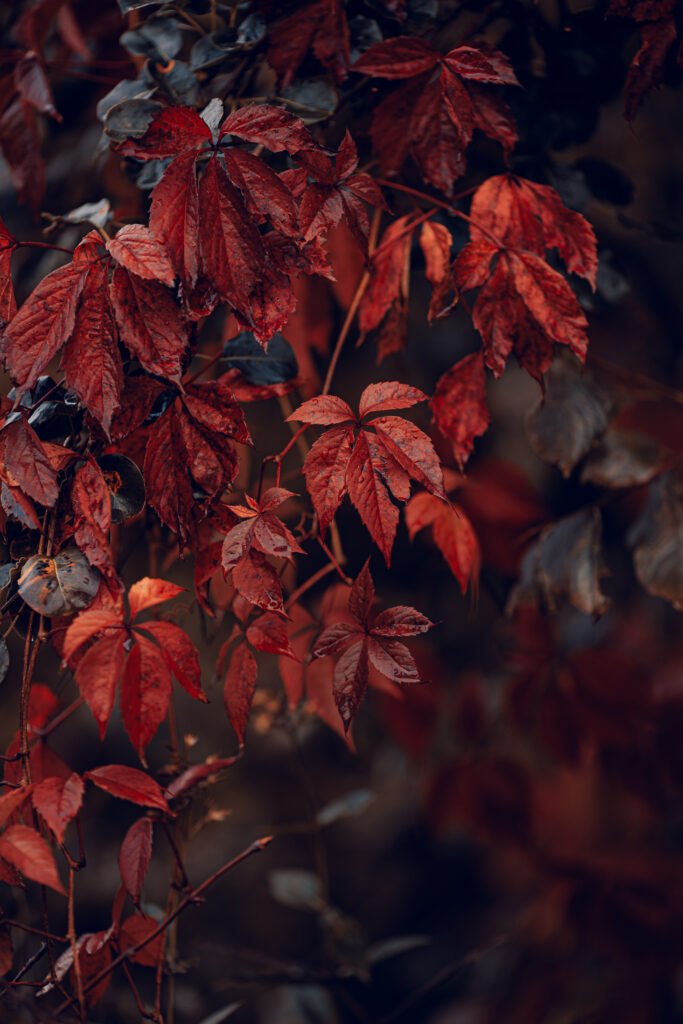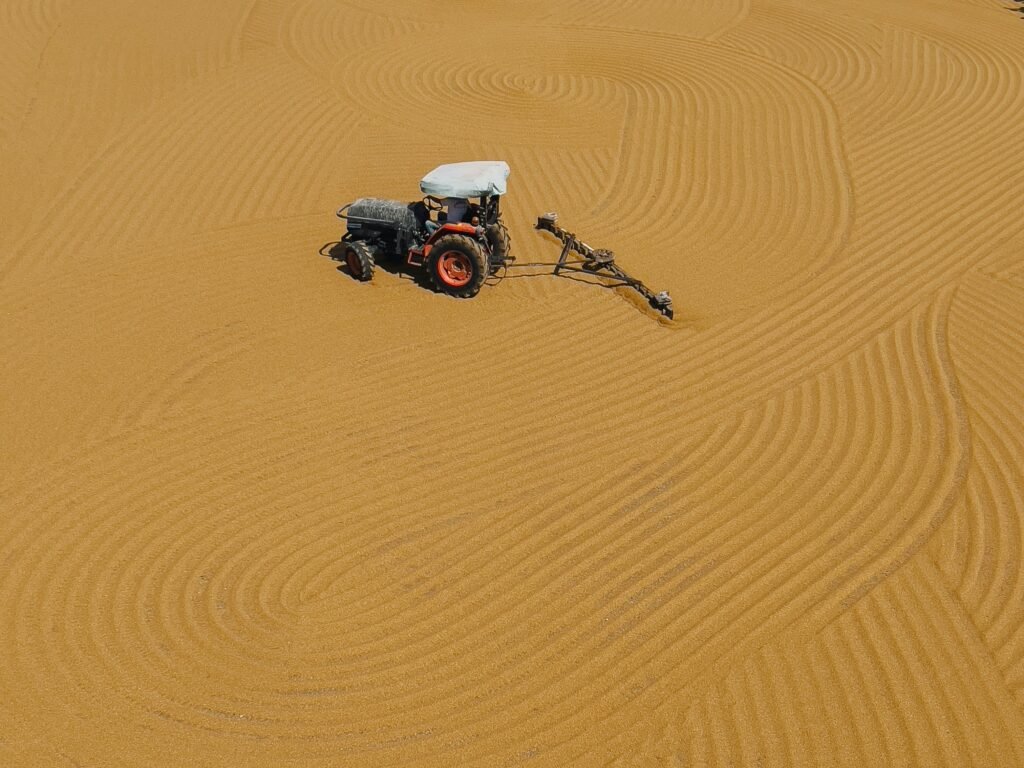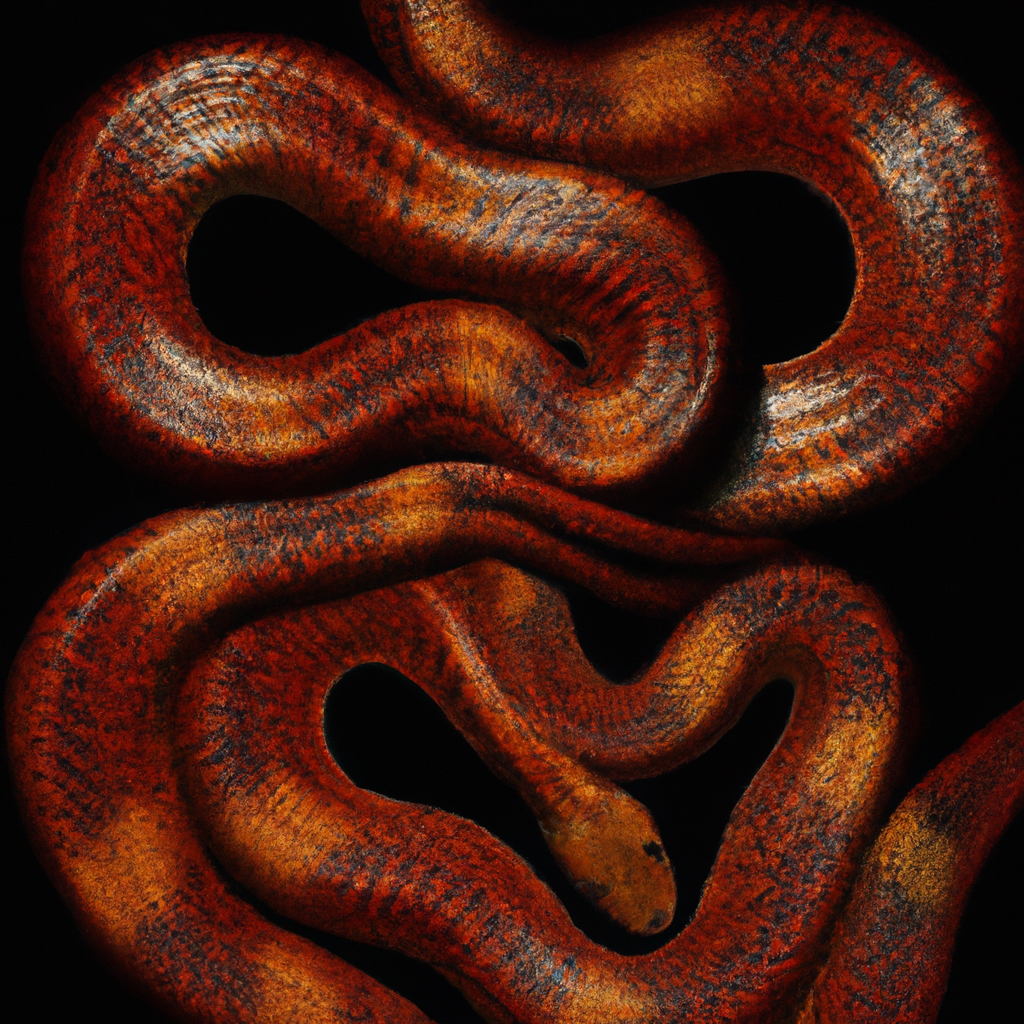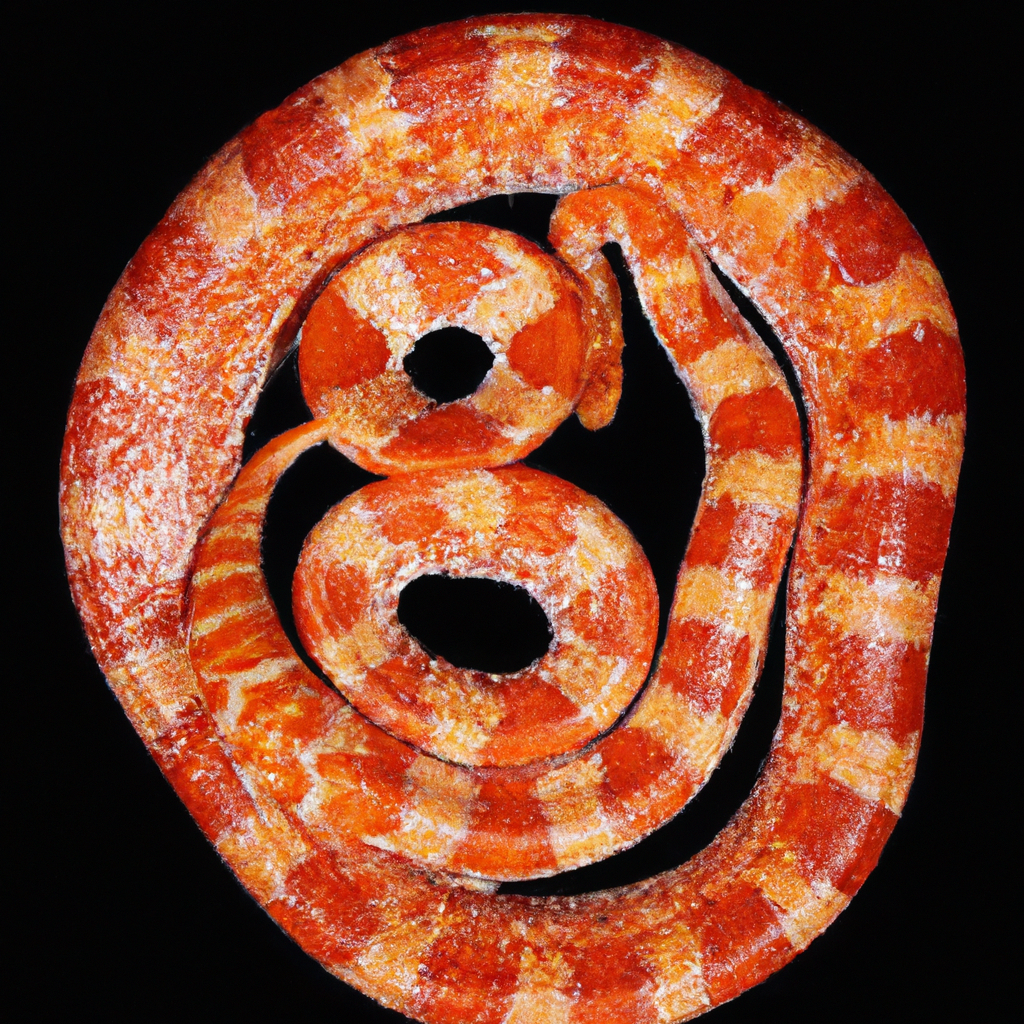Picture this: it’s autumn, the crisp air is filled with a symphony of falling leaves, and the warm hues of orange and yellow paint the landscape. In the midst of this picturesque scene, a serpent slithers its way through a field of corn. The Serpiente de Maíz En Otoño, or Corn Snake in Autumn, gracefully navigates through the swaying stalks, blending in with the golden colors of the season. This article will take you on a captivating journey as we explore the intriguing world of the Serpiente de Maíz En Otoño and uncover the secrets it holds within this enchanting time of year.
What is a corn snake?
A corn snake, scientifically known as Pantherophis guttatus, is a non-venomous reptile species native to North America. These snakes are popular among reptile enthusiasts and are often kept as pets due to their attractive patterns and relatively easy care requirements. Corn snakes are medium-sized, typically reaching lengths of three to five feet. They are characterized by their vibrant colors and distinctive patterns, which resemble the kernels of Indian corn, hence their name.

Characteristics of corn snakes
Corn snakes have several unique and interesting characteristics. Their colors can vary greatly, ranging from shades of red, orange, yellow, and brown, to more rare combinations like albino or lavender. This wide range of colors is the result of selective breeding, leading to a large variety of morphs available in the pet trade. In addition to their eye-catching appearance, corn snakes have smooth scales that make them sleek and agile.
Another remarkable characteristic of corn snakes is their ability to climb trees and other structures using their specialized scales and muscular bodies. This adaptability allows them to explore and survive in a variety of habitats, from forests to grasslands and even urban areas. Corn snakes are known for their docile nature and are generally considered one of the more tolerant snake species, making them a great choice for beginner snake keepers.
Habitat of corn snakes
Corn snakes are primarily found in the southeastern United States, inhabiting regions such as Florida, Georgia, and the Carolinas. They prefer habitats with ample cover, such as forests, grasslands, and rocky areas, where they can hide from predators and hunt for prey. Corn snakes are excellent climbers, utilizing trees and shrubs as vantage points or to search for food. They are also known to take shelter in underground burrows, particularly during colder months.

Life cycle of corn snakes
The life cycle of a corn snake begins with the hatching of eggs, which are typically laid in underground nests or decaying vegetation. Female corn snakes are capable of laying a clutch of up to 30 eggs, which they diligently incubate until they hatch after an average of 60 to 65 days. The hatchlings are around 8 to 12 inches long and usually exhibit brighter colors and patterns than adult corn snakes.
As corn snakes grow, they shed their skin periodically in a process called molting. This allows them to accommodate their increasing body size and replace damaged skin. Young corn snakes may shed as frequently as once every two weeks, while adults typically shed every one to two months. As they reach maturity, usually around three to five years of age, corn snakes become reproductively active and may mate during the fall season.
Corn snakes in the fall season
Fall is a significant time for corn snakes, as it marks the onset of their breeding season. During this period, which typically begins in late September and extends into October, males actively seek out females to initiate courtship. The change in temperature and decrease in daylight hours triggers the reproductive behavior in corn snakes. It is during this time that their behavior and feeding patterns may noticeably change.

Behavior of corn snakes during autumn
As fall arrives, corn snakes exhibit certain behavioral changes. Males become more active and may engage in a behavior known as “combat dance,” where they intertwine their bodies and attempt to overpower each other in order to gain access to females. This dance involves pushing and twisting and can last for hours. Once a male successfully mates with a female, he may move on to search for other potential mates.
Female corn snakes, on the other hand, become receptive to mating behaviors during the fall season. They emit pheromones that attract male snakes and actively choose their partners. Once mating occurs, the female stores the sperm until the following spring, when she will lay her eggs. This process allows the corn snake to time the hatching of her offspring with the arrival of warmer weather and increased availability of food.
Feeding habits of corn snakes in autumn
While the feeding habits of corn snakes remain relatively constant throughout the year, feeding patterns may change during the fall season. As temperatures begin to cool, corn snakes may reduce their feeding frequency and appetite. This decrease in food intake is believed to be linked to their preparation for brumation, a period of dormancy similar to hibernation that occurs during the winter months.
Brumating corn snakes typically consume fewer meals and may even skip feeding altogether. During this time, their metabolic rate slows down, allowing them to conserve energy. It is crucial for snake owners to monitor their pet’s feeding behavior and adjust their feeding schedule accordingly to ensure their health and well-being throughout the brumating period.

Mating season for corn snakes
For corn snakes, fall is the peak of their mating season. During this time, female corn snakes release pheromones to attract males, who then compete for the opportunity to breed. The courtship process can be quite intense, with males engaging in combat dances to establish dominance. Once mating occurs, the female stores the male’s sperm until spring, when she lays her eggs.
Mating is an essential aspect of the corn snake’s life cycle and is crucial for the continuation of the species. Responsible snake breeders play a vital role in ensuring the genetic diversity and health of captive corn snake populations. By adhering to ethical breeding practices and avoiding inbreeding, breeders contribute to the overall conservation efforts for corn snakes.
Caring for corn snakes in the fall
As the fall season approaches, it is essential for corn snake owners to provide appropriate care for their pets. Maintaining optimal environmental conditions, such as temperature and humidity levels, is crucial to the well-being of these reptiles. It is recommended to mimic the natural temperature fluctuations experienced by corn snakes in the wild, gradually decreasing the temperature in the enclosure to trigger the physiological changes associated with brumation.
Corn snakes may require adjusted feeding schedules during fall as their appetite and metabolism naturally decrease. Owners should monitor their snake’s weight and adjust feeding frequency and portion sizes accordingly. It is crucial to provide a balanced diet consisting of appropriately sized prey items, such as mice or rats, to ensure the snake receives essential nutrients.
Regular health check-ups with a reptile veterinarian are also important to detect any potential health issues and ensure overall wellness. Professional advice can be sought to determine the appropriate time and duration for brumation, the ideal temperature and humidity levels, and any necessary adjustments to the snake’s diet.

Conservation efforts for corn snakes
While corn snakes are not currently classified as an endangered species, habitat loss and fragmentation pose a threat to their populations. Human activities, such as urbanization and agricultural expansion, contribute to the destruction of their natural habitats. Additionally, illegal collection for the pet trade and road mortality also impact corn snake populations.
Conservation efforts for corn snakes primarily focus on habitat preservation and the enforcement of regulations against illegal collection and trade. By protecting and restoring their natural habitats and raising awareness about their ecological importance, conservation organizations and individuals strive to ensure the survival of corn snakes for future generations to appreciate and enjoy.
In conclusion, corn snakes are fascinating creatures with unique characteristics and behaviors, particularly during the fall season. Their vibrant colors, adaptability, and docile nature make them popular pets and subjects of study. By understanding their life cycle, behavior, and needs, snake enthusiasts can provide the necessary care for their corn snakes, ensuring their well-being and contributing to the long-term conservation of this remarkable species.